
17 government inspectors, 170 companies and more than 9,000 potential infractions: inside B.C.’s oversight of the oil and gas sector
Notes made by regulator officers during thousands of inspections that were marked in compliance with...
Editor’s note: On Sept. 11, 2024, B.C.’s Environmental Assessment Office fined Coastal GasLink $590,000 — the project’s biggest fine yet — issuing 10 administrative penalties related to worksite inspections that took place during this incident.
Provincial officials told cabinet ministers in Premier David Eby’s government that the builders of the Coastal GasLink pipeline had “appropriate” emergency plans, two months before melting snow overwhelmed construction sites along the project’s route last May, according to an internal briefing document obtained by The Narwhal.
The assurances were sent in a briefing note to Environment Minister George Heyman and Energy Minister Josie Obsorne, dated March 3, 2023, and released through freedom of information legislation. They were based on field inspections in January and February 2023 and a review of the company’s water quality monitoring data and photos by the BC Energy Regulator, the lead provincial agency responsible for protecting stream crossings from construction activity.
“[Coastal GasLink] is following the regulatory requirements and following their site-specific crossing plan; appropriate self-reporting has occurred and contingency plans have been employed to address extreme weather conditions as appropriate to mitigate potential adverse impacts to the environment,” the briefing note said.
Two months later, soaring temperatures triggered environmental damage to waterways and a wetland near the overwhelmed Coastal GasLink construction sites, as snow melt swept sediment into the nearby ecosystems.
Unprepared to manage the situation, the pipeline company watched as sediment spilled out from the project’s footprint into wild salmon habitat, including wetlands, creeks and Lho Kwa (Clore River). At one location on Wet’suwet’en territory, where the pipeline company used explosives to blast out a rocky ravine for pipe installation, a large slope failure sent plumes of construction debris into a fish-bearing creek, turning the water murky brown. At another, long stretches of worksites were submerged, pieces of pipe and equipment stranded.
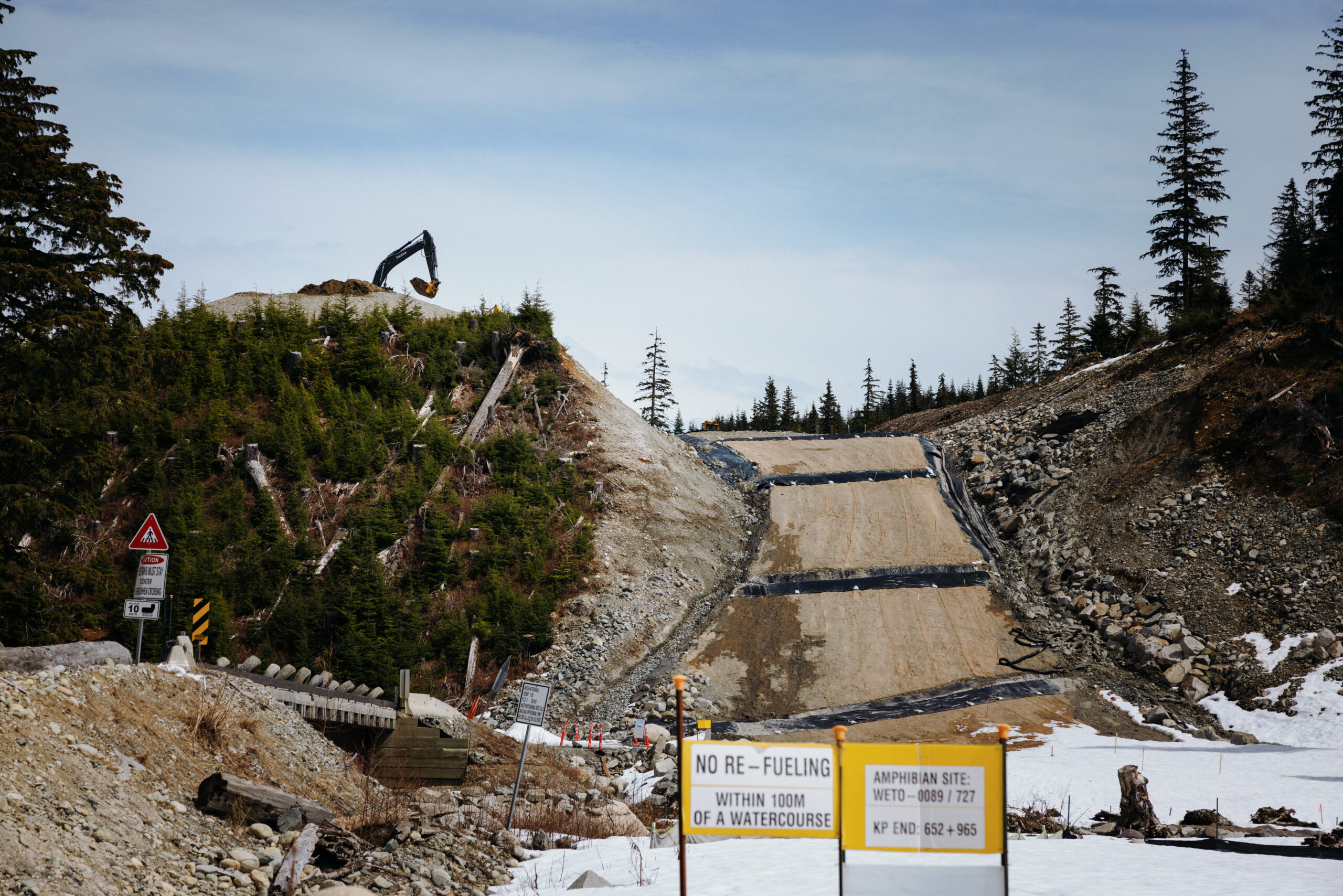
The briefing note acknowledged non-government advocacy groups such as the Skeena Watershed Conservation Coalition were criticizing the regulator and other agencies for “confusion and negligence” in their enforcement of environmental rules. Summarizing regulator inspectors’ findings, a project director at the provincial LNG Canada Implementation Secretariat and a director of compliance and enforcement at the Environmental Assessment Office drafted the briefing note, offering their assurances about provincial oversight in response to that criticism.
Shannon McPhail, executive director of the watershed coalition, said the province should be doing more to ensure industrial development in the province can withstand all weather conditions. She also said it was important for government officials to provide ministers with complete and accurate information.
The briefing note indicated agreements between various regulatory agencies to ensure adequate environmental oversight. Approval of major projects like Coastal GasLink and LNG Canada falls under the purview of B.C.’s Environment Ministry, sometimes in tandem with its federal counterpart. But the BC Energy Regulator is mostly responsible for keeping pipelines and other fossil fuel developments in check on stream and river crossings.
Despite the severe environmental damage, the provincial regulator says it stands by its initial inspection findings, which had concluded the pipeline builder could handle the extreme weather.
“Inspections are a snapshot in time,” a regulator spokesperson told The Narwhal in an emailed statement, when asked why its officials said sufficient contingency plans were in place. “What is inspected at a location on a given day may not be reflective of what happens post-inspection.”
Heyman’s office referred questions from The Narwhal to the Environmental Assessment Office, a branch of the B.C. Environment Ministry, which also defended the findings of the regulator’s inspectors.
“The construction of the [Coastal GasLink] pipeline has been a unique project for the [Environmental Assessment Office], with hundreds of kilometres of pipe built over previously unbroken ground under modern environmental protection laws and stronger scientific understanding of impacts from issues like sediment in fish habitat,” the spokesperson wrote in an email to The Narwhal.
“The in-stream issues that the BC Energy Regulator inspected for early in the new year in 2023 were separate from the issues that arose several months later during the spring melt,” they added.
A spokesperson said the office is responsible for “issues on the land, including shores along waterways” while in-stream construction falls under the jurisdiction of the regulator.
Karla Tait, a C’ihlts’ehkhyu clan member and director of clinical services at the Unist’ot’en healing centre, was deeply impacted by the May flooding.
“It’s really disturbing to see an area that was really well protected, that had kept its integrity for all these millennia be so quickly destroyed,” she told The Narwhal at the time.
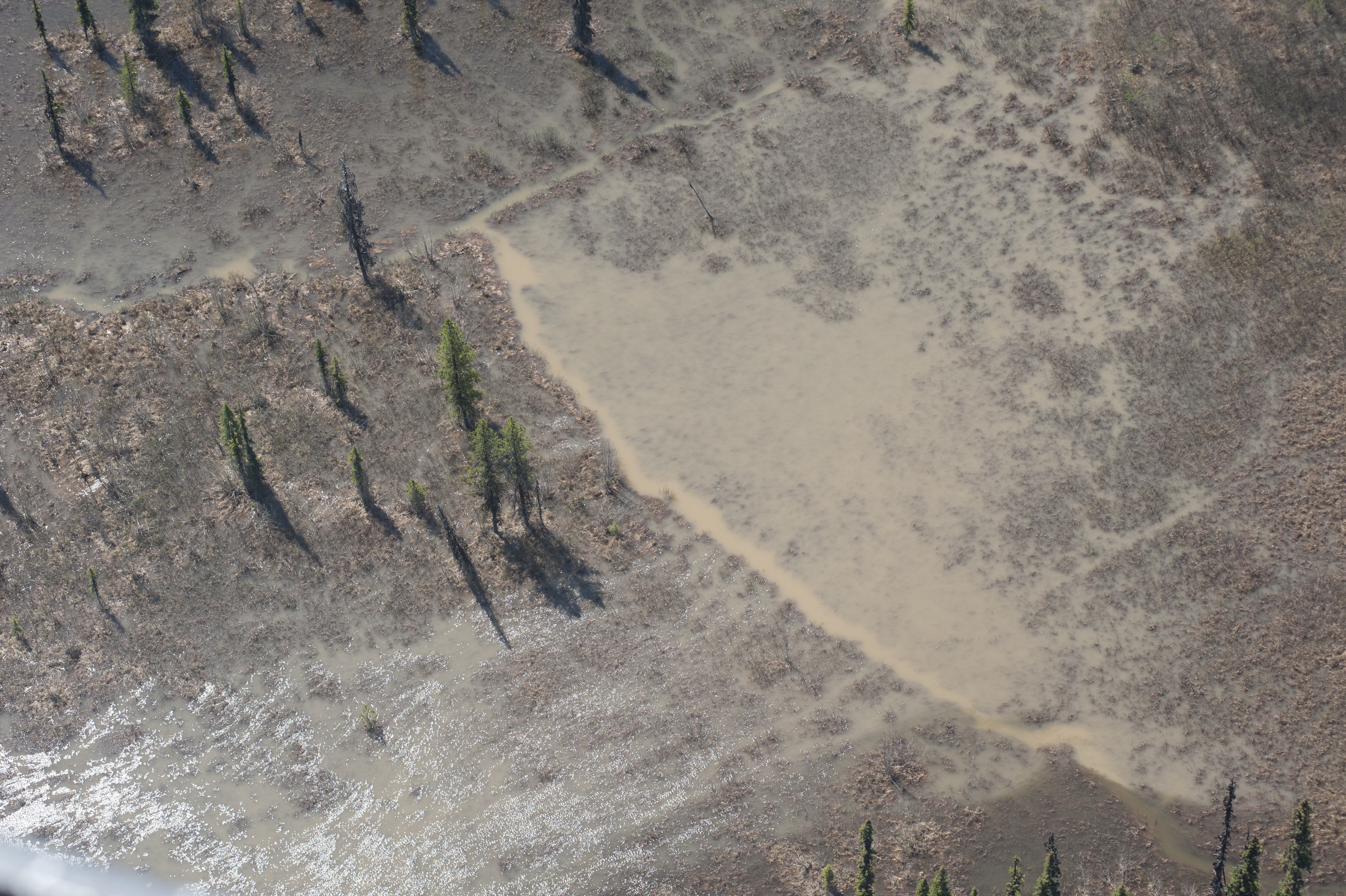
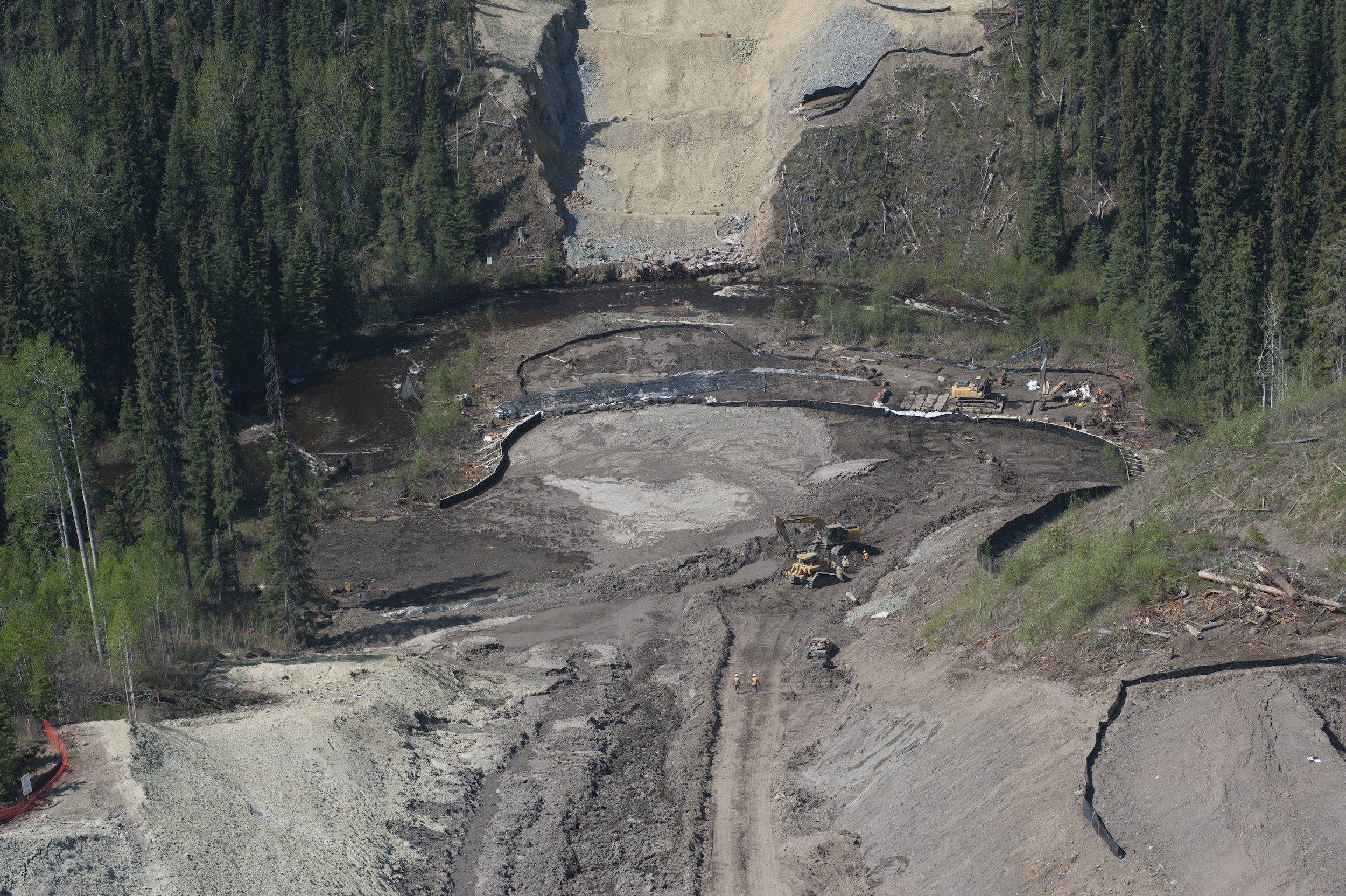
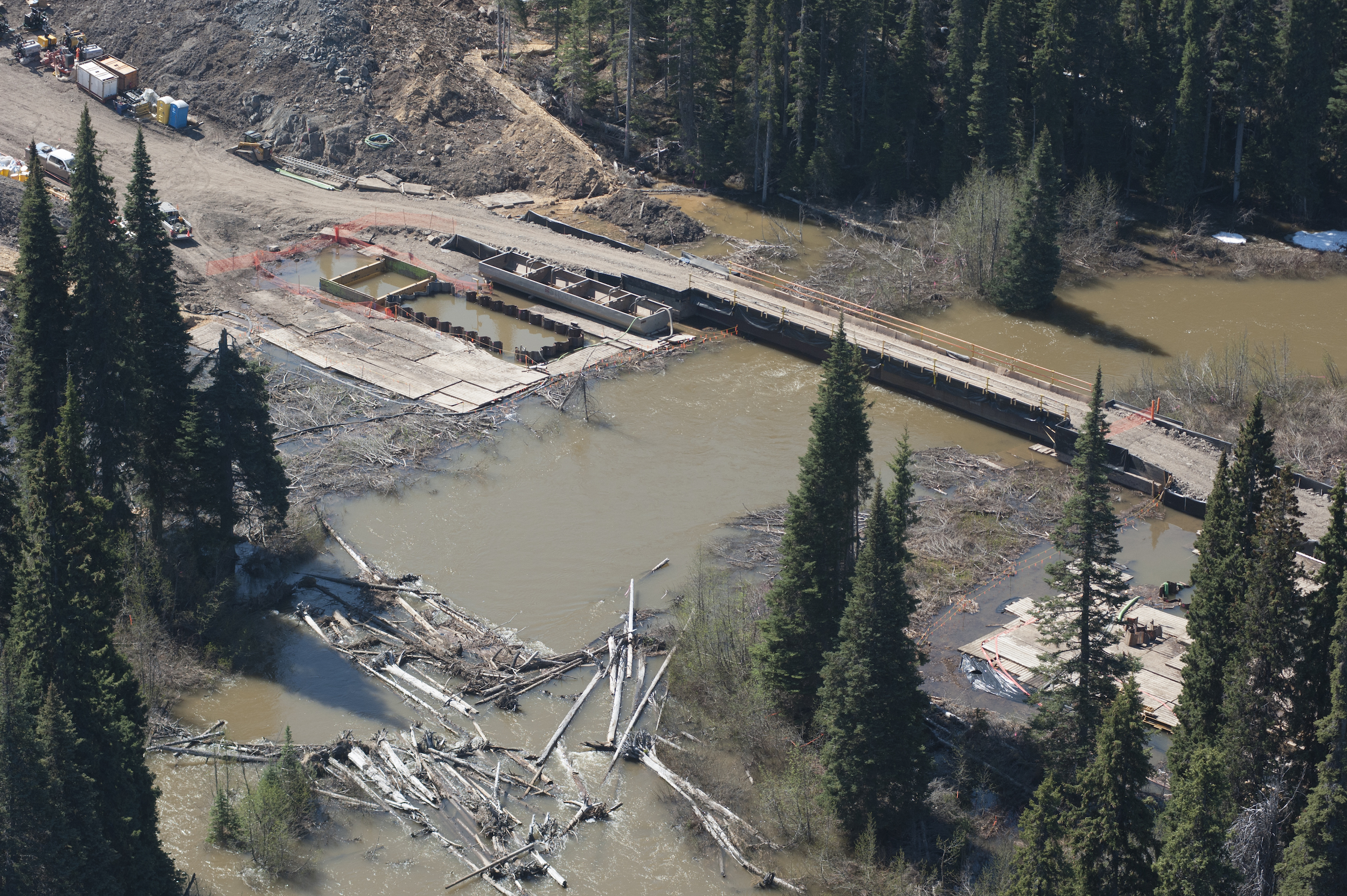
The latest concerns about environmental damage linked to industrial activity are coming at a time when regulatory oversight in B.C. is expected to be put to the test. In the coming years, B.C.’s oil and gas sector will realize a long-promised boom. Fossil fuel companies like Shell and Petronas are poised to start extracting huge quantities of gas out of the ground, sending about 60 million cubic metres across the province every day — to start. And while Coastal GasLink would be the first to get B.C. gas overseas via the LNG Canada liquefaction and export facility in Kitimat, it isn’t the only pipeline the province approved. TC Energy’s Prince Rupert Gas Transmission pipeline was recently selected to supply Ksi Lisims, a liquefied natural gas export project proposed for Nisga’a territory, near the village of Gingolx.
Neither Heyman nor Osborne responded to questions about the quality of the information they received in the briefing note.
A spokesperson for the Ministry of Energy, Mines and Low Carbon Innovation said B.C. has recently “taken action to modernize the BC Energy Regulator” including passing legislation in 2022 to “overhaul its governance structure.” Osborne sent the regulator a 2023 mandate letter that directs the agency to improve its “compliance and enforcement activities to ensure that companies/operators meet their regulatory obligations, working in collaboration with the Environmental Assessment Office and other agencies.”
“The [BC Energy Regulator] will be publicly accountable for its performance on this priority area through the annual service plan reporting processing,” the Energy Ministry spokesperson wrote in an email to The Narwhal. They did not respond to additional questions about whether Osborne had followed up with the regulator.
In the ensuing weeks after the Coastal GasLink sites were overwhelmed with water in the spring of 2023, the regulator and the Environmental Assessment Office issued stop-work orders and told the company it had to staunch the flow and repair the damaged sites.
“Non-compliance included failure to control soil erosion and sediment transport from project works, resulting in sediment being deposited in streams, a wetland and the Clore River,” the office told The Narwhal in late May.
The waters eventually receded, the government orders were rescinded and construction resumed. While the company still has significant reclamation work to do, TC Energy has now completed installation of its 670-kilometre pipeline and expects gas will start flowing by the end of 2023.
McPhail, from the Skeena Watershed Conservation Coalition, first flagged concerns with the pipeline crossing of Lho Kwa in late 2022. At that point, she was seeking clarity on government monitoring and enforcement and assurance that construction was not impacting vulnerable fish habitat.
Her concerns, shared by a number of other environmental organizations, weren’t coming out of nowhere. Since starting construction on the 670-kilometre fossil gas pipeline in 2019, TC Energy repeatedly failed to control erosion and sediment, leading to contamination of creeks, rivers and wetlands. The Environmental Assessment Office has imposed the most penalties on the Calgary-based pipeline company, fining it more than $800,000 for alleged failures and infractions. The regulator has handed down less than $3,000 worth of penalties in relation to the Coastal GasLink project.
As The Narwhal previously reported, government inspection reports showed how regulator officials regularly gave Coastal GasLink a pass despite alleged environmental infractions.
Not content with the limited responses she received from government agencies, McPhail worked with the David Suzuki Foundation to coordinate a helicopter trip to the remote location in early January. Its distance from the nearest town — more than two hours of driving on snowy backroads — posed a barrier to providing Wet’suwet’en chiefs access for monitoring purposes, so the groups booked a helicopter to facilitate access. Tsebasa, a Likhts’amisyu clan chief who was on the Jan. 10 flight, called the scene “alarming.”
“For me, as the chief that oversees and is the caretaker of this land, I’ve had to go up there, I need to see what’s happening,” she told The Narwhal after the flight. “It’s incredibly devastating.”
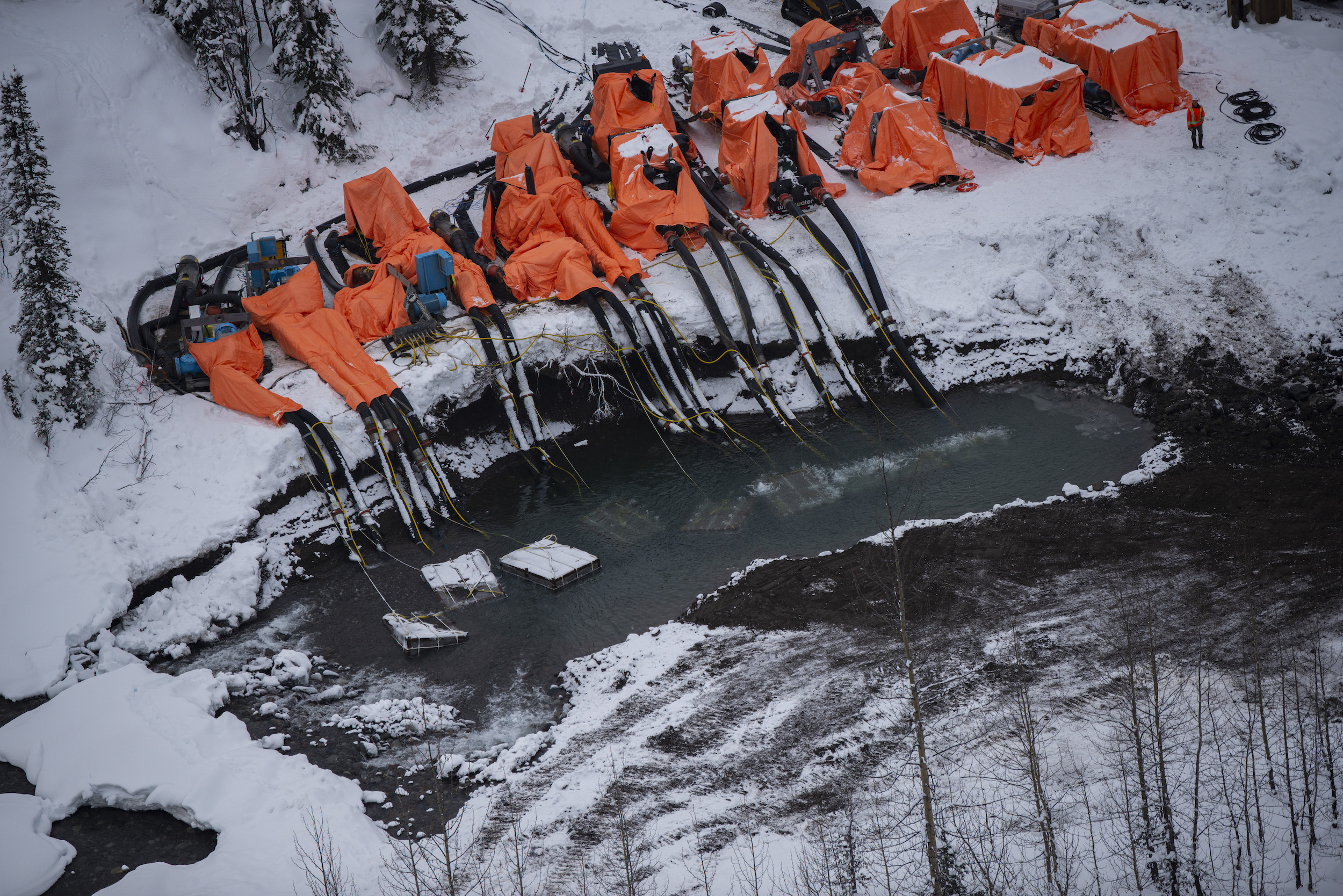
According to the government documents, BC Energy Regulator officials followed up on the concerns with the company.
“When made aware of the concerns … officers requested, received and reviewed water quality monitoring data and location photos from [Coastal GasLink] while organizing onsite inspections,” the document noted. “Contrary to the assertions of the above-noted environmental organizations, the information received did not reveal any issuances of non-compliance in relation to sedimentation, turbidity, instream works or general construction practices.”
The regulator told The Narwhal it does communicate with “third-party environmental inspectors” employed by the pipeline company, but it doesn’t rely on self-reporting to ensure compliance. Its main method of doing so is through inspections, the spokesperson said. Its enforcement officers then determine the next steps, which range from “ongoing communication, follow-up reports, inspections and/or compliance actions.”
“In this specific case, on-site information was provided by [Coastal GasLink] environmental inspectors and [regulator] officers followed up with on-site inspections to … verify compliance.”
It is not clear whether pipeline workers were given advance warning of the site visits, but the regulator noted its field inspectors “do sometimes communicate and coordinate inspections with [Coastal GasLink] environmental inspectors.”
“Compliance and enforcement officers are able to use discretion when choosing to inform permit holders and/or subcontractors prior to conducting inspections,” the regulator spokesperson previously told The Narwhal.
McPhail said the regulator shouldn’t be the only one checking up on the pipeline company. Along with TC Energy’s long track record of environmental damage, she sees an apparent conflict of interest, given that the regular is funded by industry and also issues permits.
She wondered why Fisheries and Oceans Canada, which is tasked with protecting species such as wild salmon, wasn’t doing more.
According to the federal agency, its main role in overseeing pipeline projects is protecting fish and fish habitat under the “Fisheries Act and relevant provisions of the Species At Risk Act and through providing advice through the federal Impact Assessment Act process.”
“[Fisheries and Oceans Canada] can authorize activities that may have harmful impacts to fish and fish habitat where appropriate,” the spokesperson added.
The federal department told The Narwhal its team in northwest B.C. reviewed the pipeline company’s weekly reports for the Clore River crossing as they were submitted. The team also visited the site three times not long before the snow melt and damage, once in January and twice in February. A spokesperson said staff with its conservation and protection program are “currently assessing the data to determine compliance with the Fisheries Act and [are] still investigating.”
Despite its role in monitoring the Coastal GasLink project, the federal fisheries department had decided to “avoid monitoring” in the fall of 2022 over concerns its staff was in danger, after police reported an overnight arson incident in which several emergency vehicles were set on fire. The federal department also failed to disclose information to a stakeholder requesting details about the presence of salmon eggs and habitat in a construction zone along the pipeline route, The Narwhal reported in February.
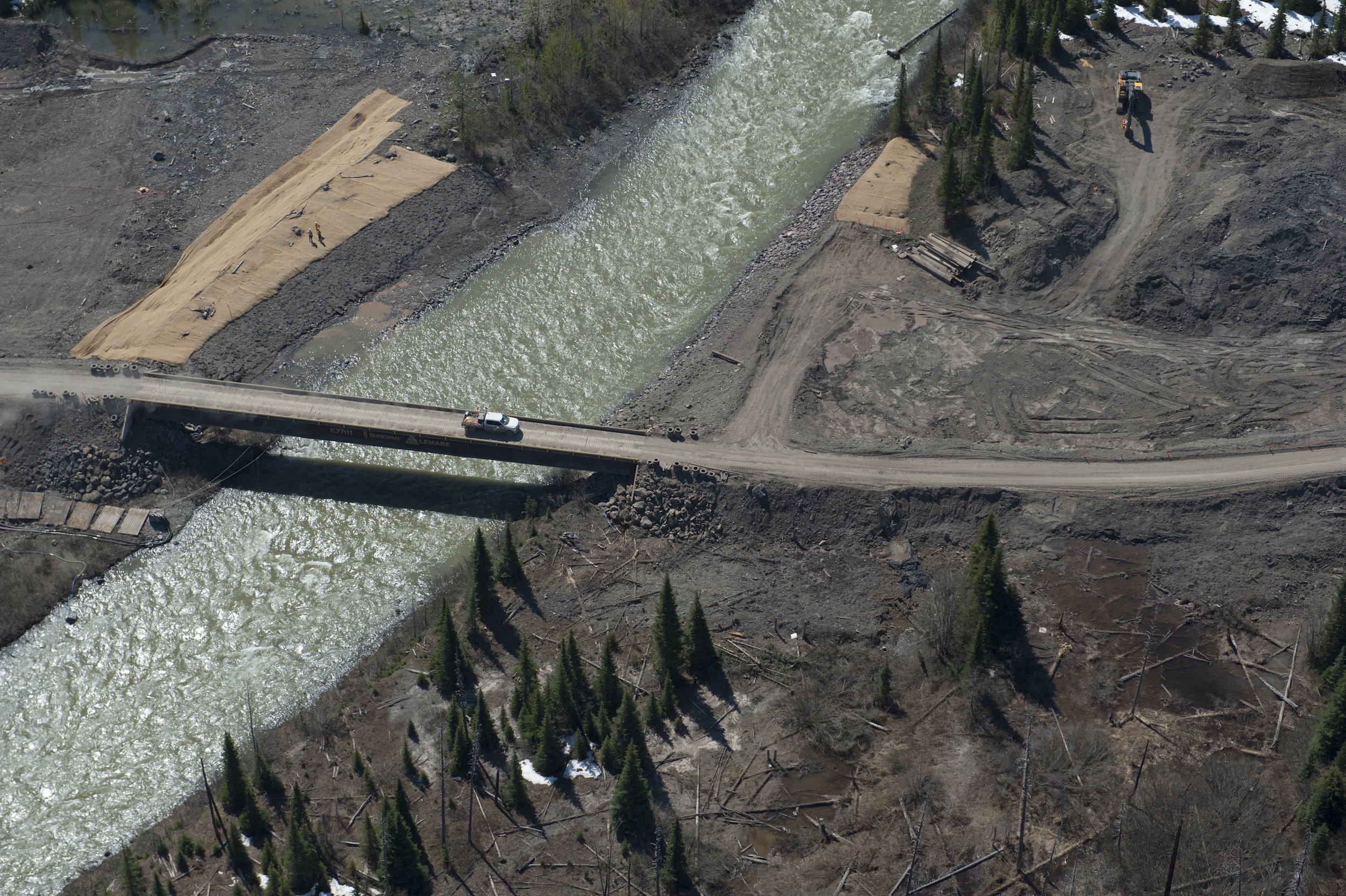
In a thread of emails McPhail sent to multiple government agencies and shared with The Narwhal, she expressed her frustration.
“To say I am disappointed in the leadership of both provincial and federal ministries/regulators would be an understatement,” she wrote on Feb. 9. “The impacts from this pipeline construction will be felt for decades and you, as managers, permitters, regulators and elected leaders, can’t seem to figure out who has jurisdiction while more and more damage is done.”
“The public, title holders and your very own staff (civil servants) deserve much better than this.”
She did not receive a response.
The question of which government body is responsible for making sure companies stay in line with B.C. environmental laws, regularly touted as among the best in the world, remains muddy.
The BC Energy Regulator’s authority dates back to the late 1990s, when the agency was set up. Deborah Curran, executive director of the Environmental Law Centre at the University of Victoria, said the regulator was initially established to fast-track fossil fuel projects.
“This is a unique situation where a regulatory agency was set up to facilitate the development of a new industry — oil and gas — and slowly, over time, they were given the statutory decision making powers in relation to that industry to make all of the approvals that were needed to move that industry along,” she told The Narwhal. “That’s why they got the ability to approve water licences, water authorizations, various decisions under forestry, road approvals, that kind of thing.”
She noted the regulator does, in some cases, use its powers to hold companies accountable by including baked-in protections in permits such as water licences.
“On the one hand, they’re facilitating the industry,” she said. “And on the other, they do have, in some respects, better conditions and oversight than if [projects] went under normal approval processes.”
McPhail said she believes the arrangements between the various government agencies led to a situation where each of the various departments defer authority, leaving few enforceable protections in place.
“There is so much confusion around jurisdiction,” she said. “This is just another example of the government chasing its tail and not knowing which end is up.”
B.C.’s Environment Assessment Office maintained its oversight is robust and said monitoring Coastal GasLink provided the government department insights into its abilities to enforce environmental laws.
“Through its experience with this project, the [office] has an improved understanding of effective measures to prevent erosion and sediment in waterways in various settings and better tools for ensuring compliance, which will mean more proactive oversight and monitoring of future pipelines,” the spokesperson wrote.
The office added revised legislation gave the office new powers to issue fines, which it said “have both reputational and financial impacts” and the list of government rebukes and financial penalties levied against TC Energy “should serve as an incentive for companies undertaking similar projects in future.”
Wet’suwet’en Hereditary Chief Na’moks said the fines and rebukes are not enough and warned Coastal GasLink is setting the stage for how pipelines are built in B.C.
“The project in our territory there is used as a template,” he told The Narwhal. “And once the template is there, then it becomes the normal standard. Well, it shouldn’t be normal and it shouldn’t be a standard.”
Na’moks isn’t alone in thinking this way. Robert Michell, elected chief of Stellat’en First Nation, previously told The Narwhal the way Coastal GasLink was pushed on his community, then failed to deliver on promises of jobs and prosperity sets a concerning precedent.
“I, personally, don’t want this pipeline as a kind of measuring stick as what is required for the second one to come through,” he said. “There needs to be way more consultation, way more understanding as to what it all includes.”
McPhail agreed.
“To allow another pipeline to go forward would be negligent and irresponsible.”
Get the inside scoop on The Narwhal’s environment and climate reporting by signing up for our free newsletter. On March 17, federal Conservative Leader Pierre Poilievre...
Continue reading
Notes made by regulator officers during thousands of inspections that were marked in compliance with...

Racing against time, dwindling habitat and warming waters, scientists are trying to give this little-known...

From investigative reporting to stunning photography, we’ve been recognized with four 2024 CAJ Awards nods...
